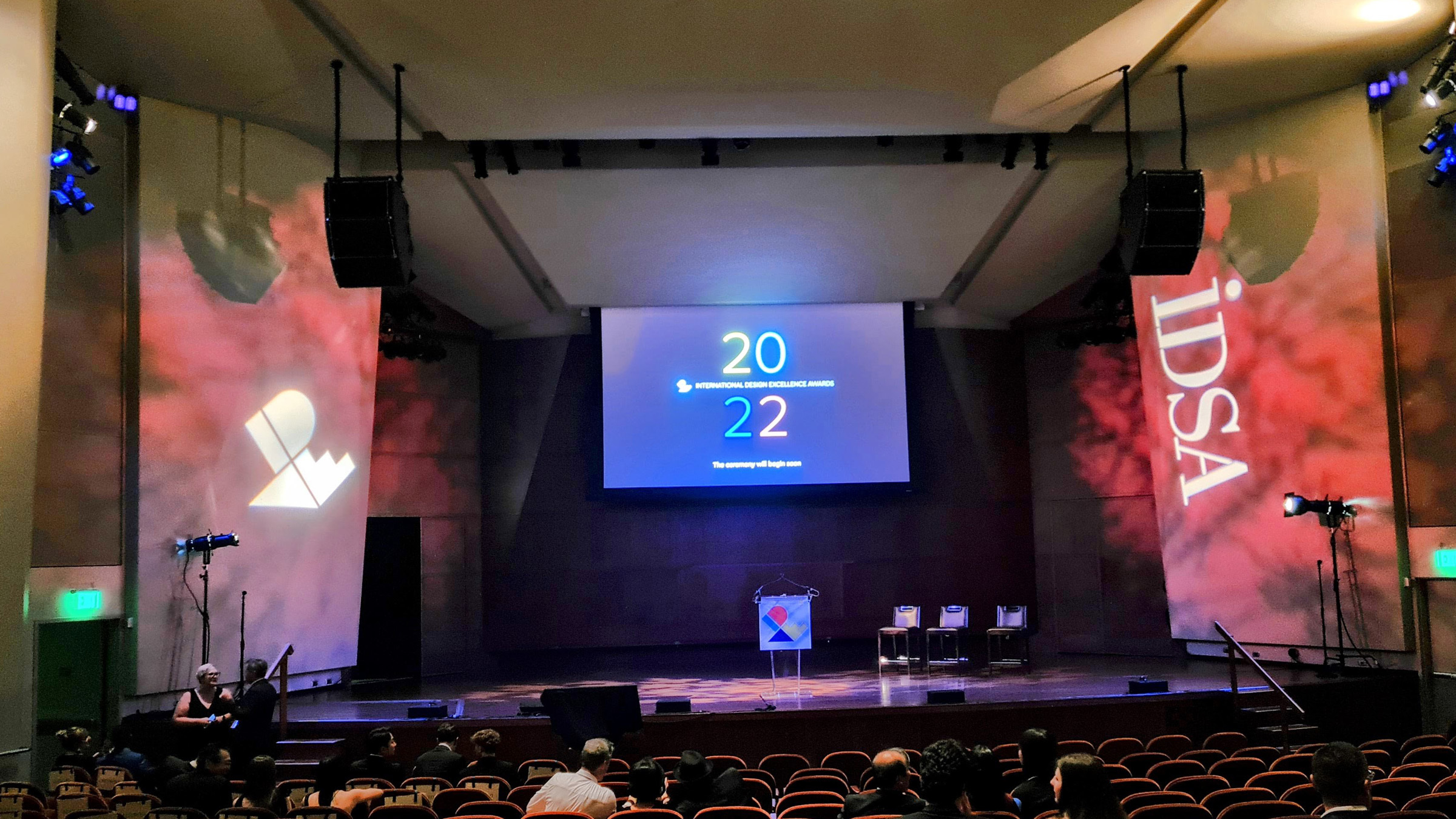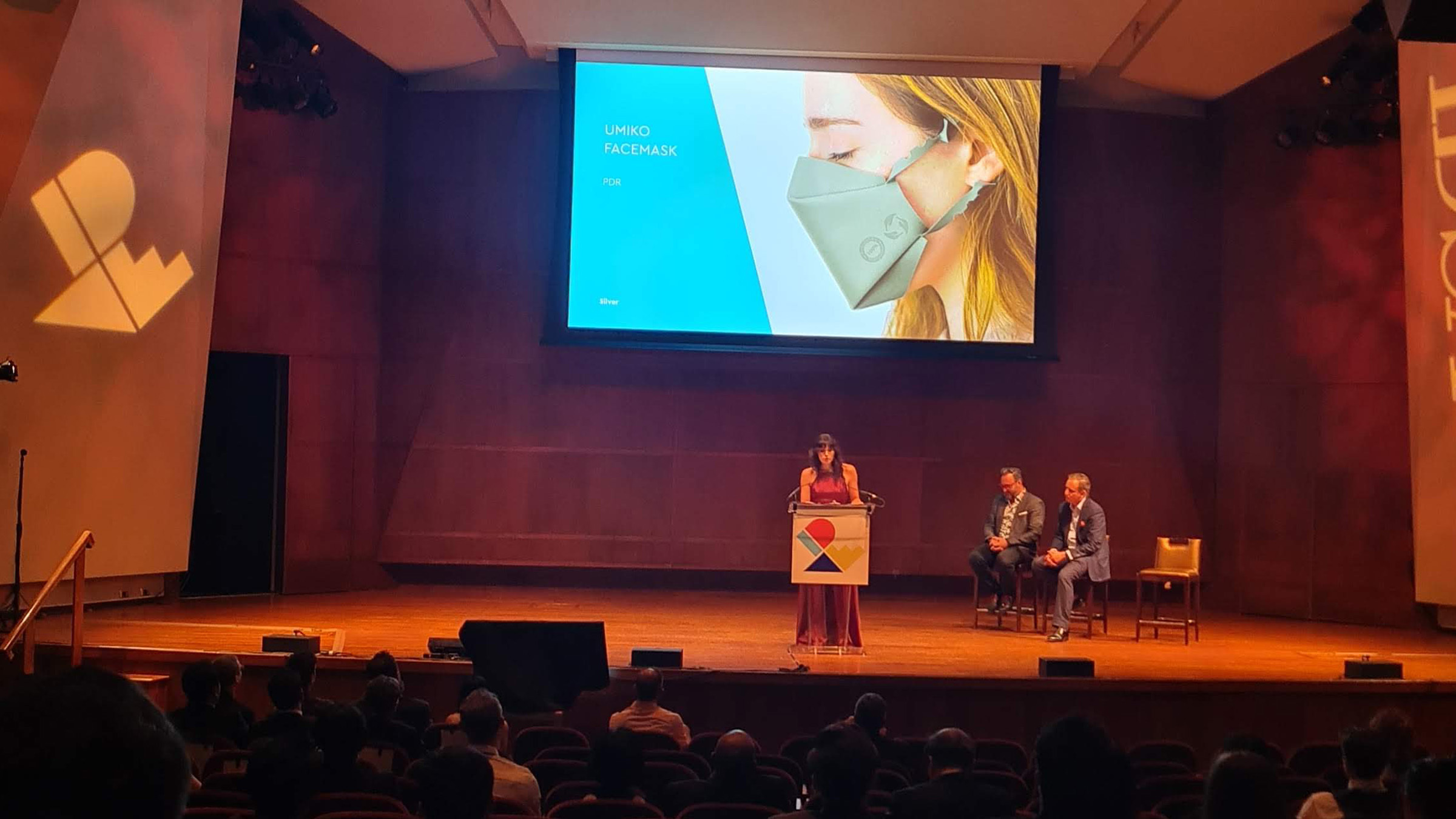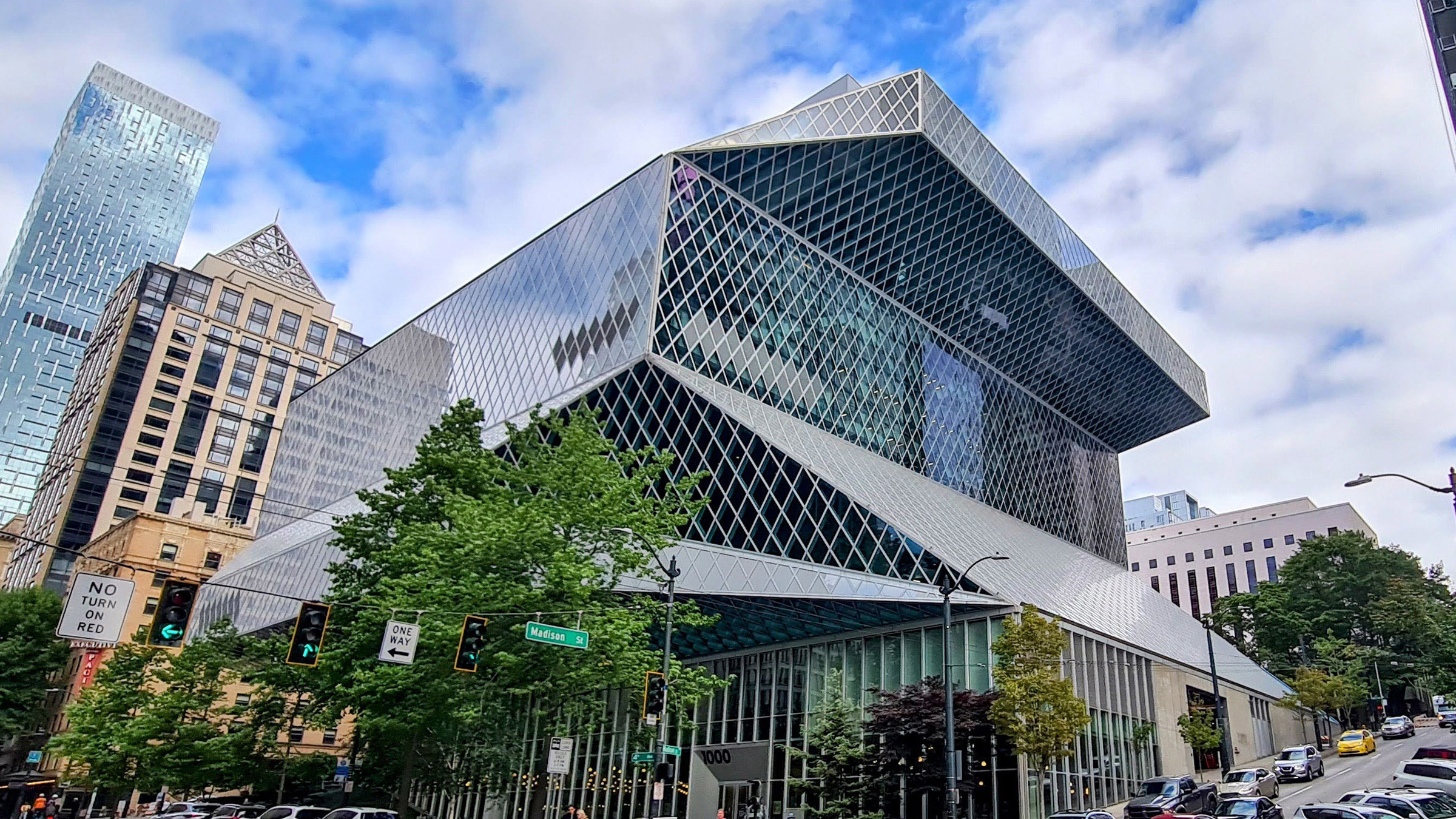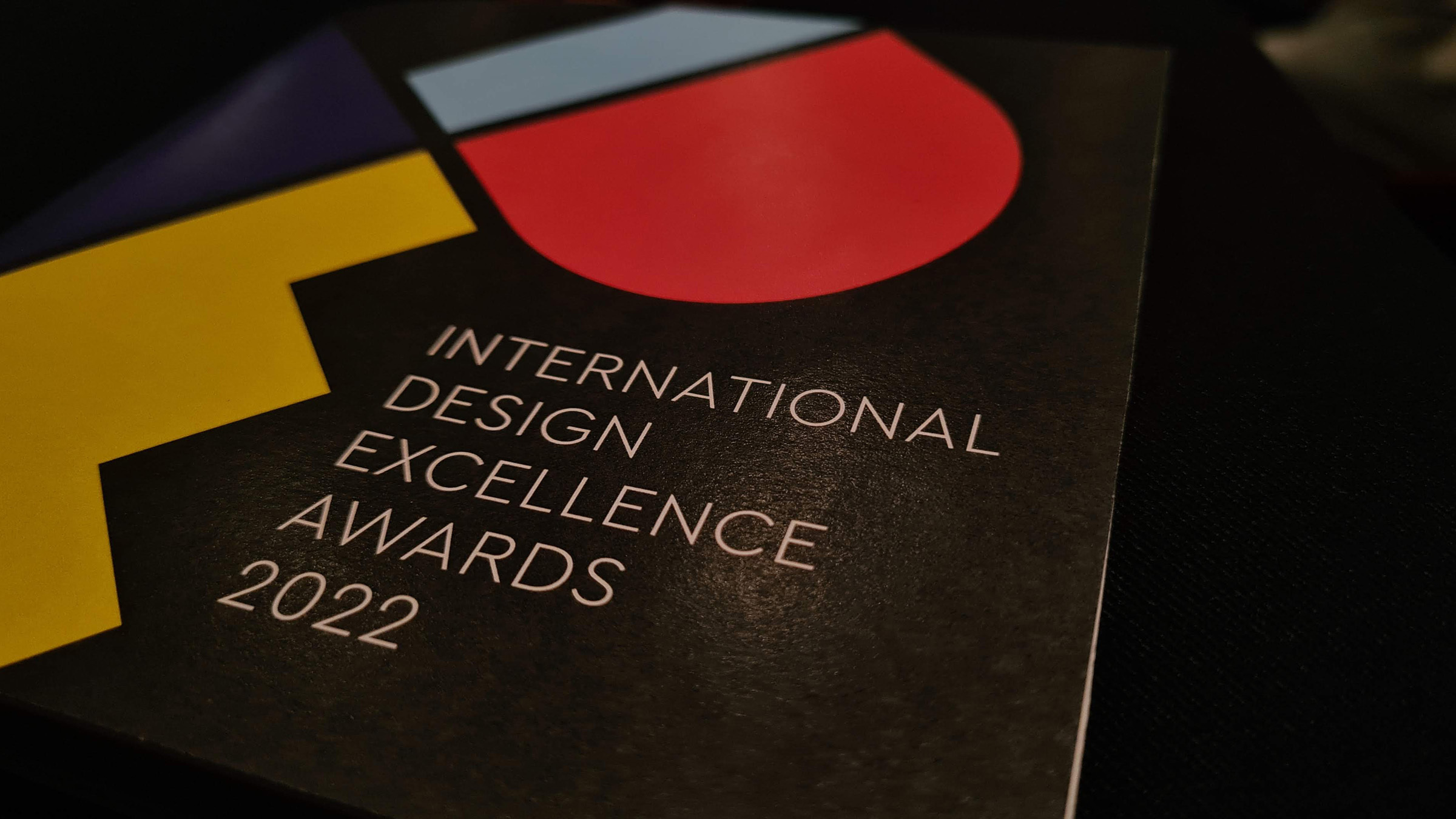Staying Relevant as a Product Designer
Our Director, Jarred Evans, reflects on how designer’s share knowledge following a recent trip to the International Design Conference.
Most people I know love being a product designer, but how do you stay connected, relevant and at the top of your game? How do you calibrate your own work, and make sure you learn from the best? How do you do that not just at the start of your career, but all through your career?
At PDR, part of what we do, part of what keeps us relevant, comes from a responsibility and a desire to keep in touch with the latest research, advancements and trends within the areas we work. Sometimes this comes from formal training or research, but, when you step away from a specialist area such as the latest developments in medical device regulation or polymer materials science, it can be more of a challenge to keep inspired, informed and relevant in product design itself.
Developing new knowledge has to start with humility and a desire to listen. As I write this, PDR has been ranked No1 in the UK and in the top 15 globally by the iF Design Federation for the last four years. However, I don’t believe for one second that we are the best design consultancy we can be, nor the best design consultancy out there. I’m proud of what we do and I’ll stand our work next to anyone’s, but there is so much great work out there that I hugely admire and that we can learn so much from. To stay relevant, organisations and individuals have to invest in the design industry itself, taking the time to share knowledge and experience and seeking out those we can learn from.

In this regard I will always try my best to catch up with peers and friends in the industry and with companies and clients I respect to talk shop whenever and wherever I can. There are some excellent informal gatherings as well as more formal conferences and events I find of particular value. The Service Design Network (SDN) International Conference and excellent events run by the DMI always have a PDR presence in some form.
I have a particular soft spot however for the International Design Conference which is held annually in the US by the Industrial Designers Society of America (IDSA) and wanted to share some of the key take homes I picked up this year.
Each year, the International IDSA conference takes place with a different theme. It is an industry-applied design conference that typically consists of three days of speakers and related events. The many presentations are excellent and the conference always has numerous opportunities for catching up with familiar faces and meeting new ones.
It is this aspect I find of particular value, often learning more over a coffee or beer with friends and colleagues whose work I respect in a half hour chat, than from long hours of reading the latest publications. The design community in America, it has to be said, are always welcoming and open, respectful, keen to learn and genuinely interested in others.

This year’s IDSA International Conference in Seattle was no exception. Being the first in person conference since Covid, the event was a little smaller than usual, but still packed a terrific punch. As always, there was much to absorb, including two key takeaways from that I thought of particular interest:
Design in a virtual world
Tim Hulford (Meta) gave a great talk about the challenges and opportunities of design from the perspective of a much bigger virtual presence in our living and working lives.
Not only did Tim raise interesting questions about the role and aesthetic of items in a physical world where connection and data are ubiquitous, but he also asked the question of who designs the environments, products, interactions and experiences in the virtual worlds we will increasingly occupy?
There are talented game designers in this space right now, but is there a role for product and service designers here, what can we learn from the game design community and what can we bring that will make these experiences better?
Understanding the role of design and change in the world
A conference such as the IDSA hosts many of the world’s leading design thinkers, providing a chance to step back and put out some provocations that can help us reframe what we currently do and what we could do.
A number of speakers and conversations I had centred around design as a change agent. It’s familiar territory. Any designer will tell you how a new product or service is typically the vehicle for change in an organisation. Designers understand change and through Design Thinking and abductive and deductive logic, plan and steer challenges towards desired outcomes. The rise of Design Thinking at D Schools is an obvious recognition and manifestation of this.

The provocation for me was how can we, as a community of designers, do more to help drive positive change in complex, messy, turbulent areas that typically fall outside of a designer’s scope and find additional ways we can influence and change peoples’ lives for the better. Environmental problems are legion and pressing but there are so many other areas where designers, suitably motivated and organised could make a strong contribution to positive change.
We have long had a strong and highly influential Design Policy team at PDR, working with Governments, regional authorities, support agencies and other public sector bodies for many years across Europe and the Far East. They bring a design thinking approach to complex societal problems as well as encouraging and supporting greater levels of regional innovation.
The conference was a good wake up call to find practical ways for both the designers I work with and my own work to contribute positively to societal, health, wellbeing and environmental issues both locally and globally.
No-one has a perfect system for staying connected, relevant and in touch with the latest thinking and standards of excellence. Designers and innovators are a community of surprisingly like-minded people, I’ve learned if I’m generous with my time and experience, I’m repaid tenfold.
Next Steps
Find out more about PDR’s award-winning work - or to start your own project, get in touch.

